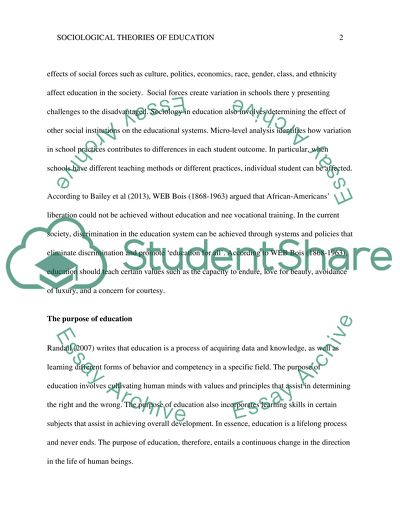Cite this document
(“Sociological Theories of Education Essay Example | Topics and Well Written Essays - 3500 words”, n.d.)
Retrieved from https://studentshare.org/education/1493175-sociological-theories-of-education
Retrieved from https://studentshare.org/education/1493175-sociological-theories-of-education
(Sociological Theories of Education Essay Example | Topics and Well Written Essays - 3500 Words)
https://studentshare.org/education/1493175-sociological-theories-of-education.
https://studentshare.org/education/1493175-sociological-theories-of-education.
“Sociological Theories of Education Essay Example | Topics and Well Written Essays - 3500 Words”, n.d. https://studentshare.org/education/1493175-sociological-theories-of-education.


